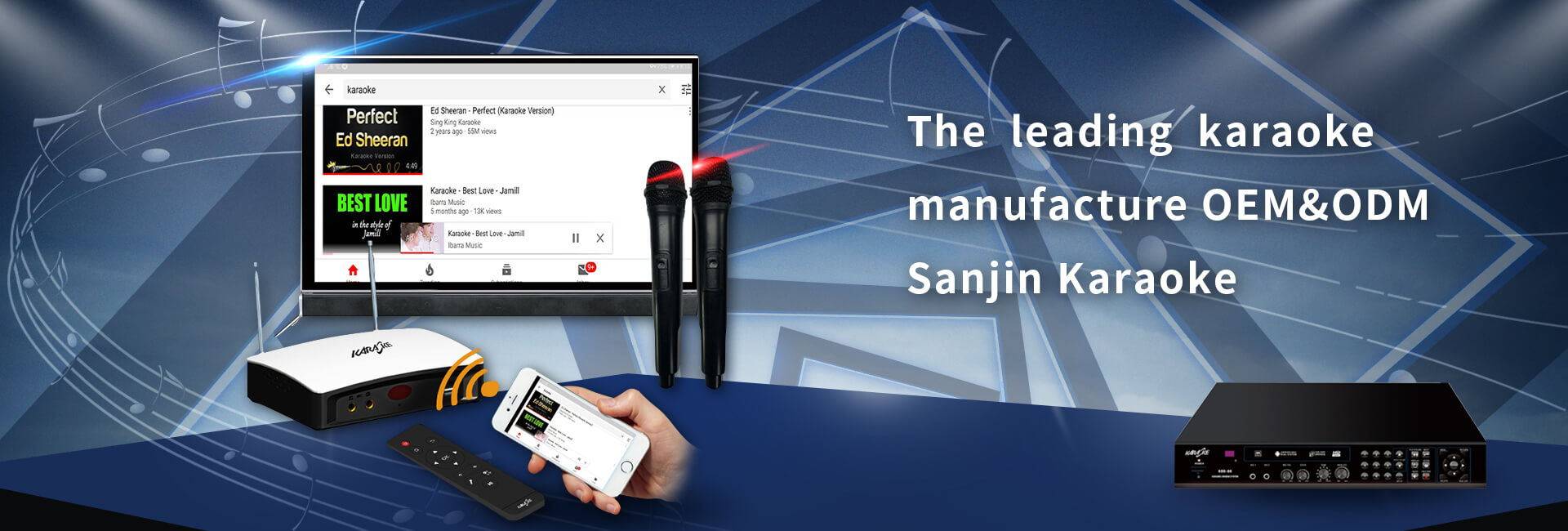How much frequency is the difference between the V-segment and U-segment of the wireless microphone U-segment and V-segment use different radio signal transmission frequencies. They are all amateur radio frequency bands. The UHF band is a very high frequency band with a center frequency of 145 MHz and a frequency range between 144.000-145.800 MHz, which is used as a dedicated frequency band for amateur services. The VHF band is a high frequency band with a center frequency of 435 MHz. Two segments: 430.000-435.000 and 438.000-440.000 MHz, which are used as a secondary service of the amateur service and share frequency bands with other services. Apart from the difference, there is no question of which is better. It’s just that different frequency bands are used according to different usage occasions and requirements. U-segment and V-segment depend on what kind of environment you are using. It should be said that each has its own merits. The U-segment itself has a large bandwidth, U-segment belongs to high frequency, and V-segment intermediate frequency. Now with the development of technology, sound processing is becoming more and more professional, requiring long-distance selection of V-band, and U-band for sound quality requirements. These two frequency bands used for wireless microphones have their own advantages and disadvantages. This is determined by the user of the frequency band, the physical characteristics of the frequency band, and the adjustment limits of the frequency band.
The two sets of one-for-two microphones have different frequencies. The corresponding microphones are also divided into low-frequency and high-frequency bands and cannot be mixed. This U-band microphone is usually divided into 3 frequency bands, usually 680-740MZ. This is one section. 740-800M is the middle section, 800-860 or even 890M is the high section. The microphones are also divided into three sections. My unit bought 26 sets of three brands of U-channel wireless microphones, which basically work in these three U sections. in. So you have to separate low-range microphones and low-range receivers, and the other kind of receivers are one for 4 (two high and two low), one for 8, and I met 1 for 8 for wireless microphones in meetings. As for the 3 frequency bands, you only need to distinguish them and then pair the frequency bands. The high frequency method of all channels is exactly the same, there is no difference, some with infrared automatic frequency, one-key operation. This kind of microphone and receiver can be set to display two displays of channel number and frequency when setting up. When you adjust the display frequency, it is very convenient to link the frequency. If the frequency is the same, it is OK. No need to consider the channel number. Another problem is that the decibel value is also adjustable. When the sound volume of the two microphones is different, check if it is caused by the inconsistency of the decibel number.
Post time: Dec-25-2020





